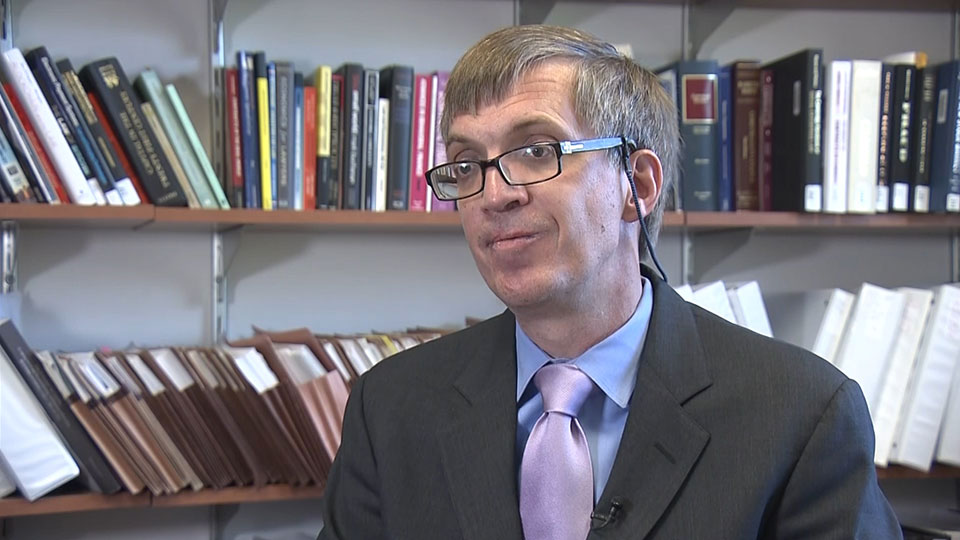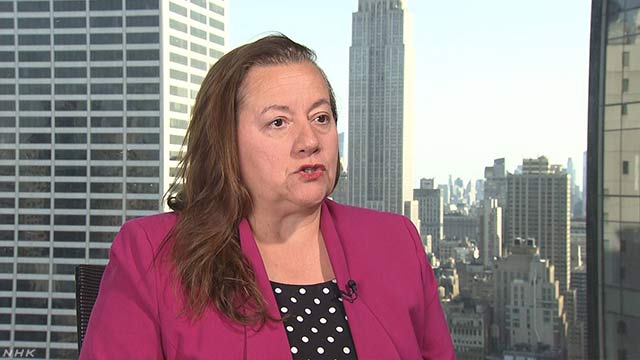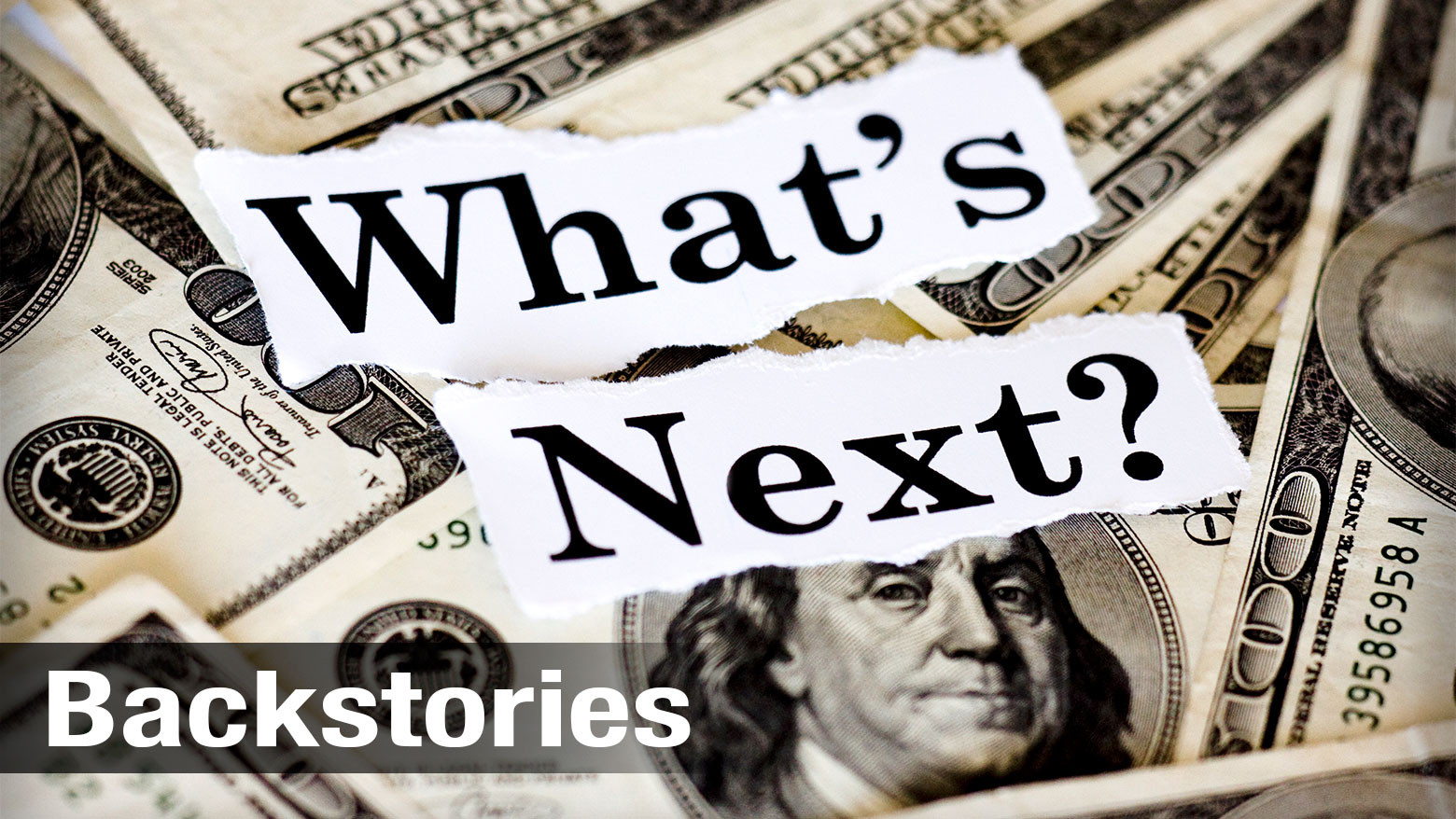Linda Neino has just splashed out $46,000 to renovate the kitchen of her home in Los Angeles. It's a big outlay, but she was able to pay for it with what's called a "cash-out refinance."
It means she replaced her existing mortgage with a new loan for more than she owed on her property. She collected the difference in cash. The idea is that the borrower will spend the money on home improvements that will raise the value of the house.

Something similar is happening in the US corporate world. Collateralized loan obligations, or CLOs, involve the securitization of leveraged loans or loans for businesses with low-credit ratings. The loans are packaged together and offered to investors who take on the risk of default.
It's a lucrative investment in this time of prolonged low interest rates, because low credit ratings usually mean high interest rates, which means high yields. Banks, asset management companies, hedge fund firms, pension funds and many others are buying CLOs.
Corporate debt in the US totaled nearly 15.6 trillion dollars as of the first quarter of this year. That's much more than the 10.6 trillion dollars marked just before the 2008 global financial crisis.

And many experts are beginning to sound the alarm.
The University of Colorado's Erik Gerding, a specialist in securities and financial regulations, says CLOs are similar to the subprime loans that triggered the 2008 financial crisis. He says the biggest problem is how little we know about CLOs, and how much data we still need in order to understand the risks.
Just before US securities firm Lehman Brothers collapsed, estimates suggest there were 1.3 trillion dollars' worth of subprime loans. CLOs currently total around 600 billion dollars, and they're being created at a rapid rate.

And now, with the US and China locked in a trade dispute, the US central bank has decided to cut its key interest rate for the first time in over the decade.
Financial consultant Mayra Rodriguez Valladares says that was a risky move. Lower rates might prompt companies to borrow money recklessly, creating more CLOs and dramatically increase the risk of a bubble.

Other specialists say there's no need to be worried, because banking regulations have gotten tougher since the last crash. But the truth is that nobody knows. The risks aren't well understood, but the parallels with 2008 are easy to see.

